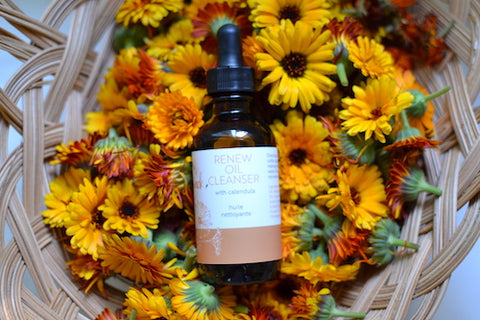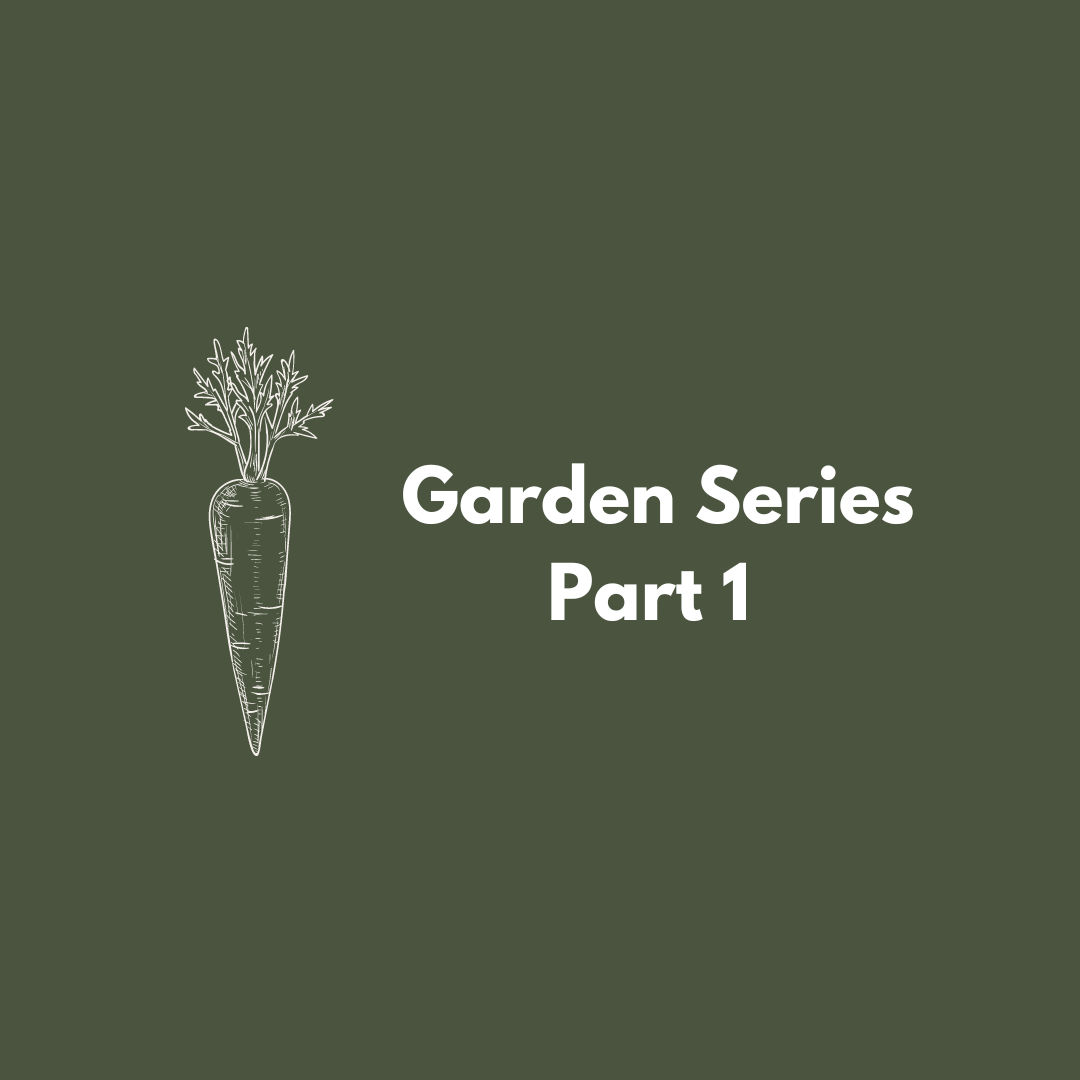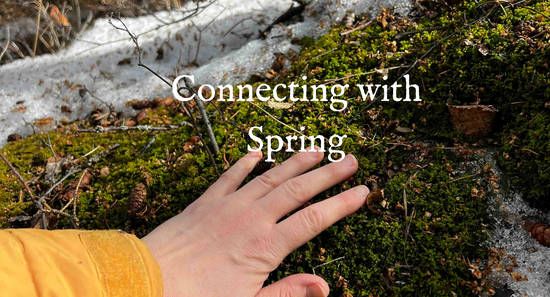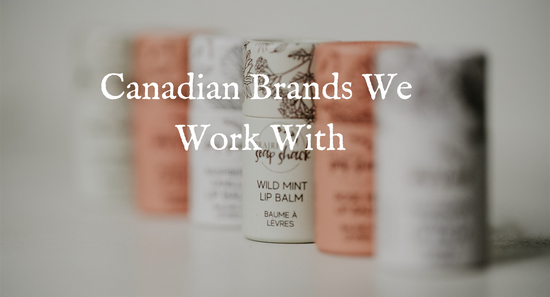Part 1 Planning Your Garden with Permaculture Practices
This year marks year 7 of having my own vegetable, herb, and flower garden. I dabbled with a few planted pots for years prior to this and grew up helping my parents and grandparents with their gardens. Albeit I wasn’t much of a weeder, but more of a “help myself to the peas”, play hide and seek in the corn stalks or squish the potato bugs. Now that I have my own children, I know this is a great way to have the kids start their own bud of gardening interest by allowing them to play in the garden too- which I will address in each blog post about involving kids.
This blog series is divided into three parts sharing my own experience so far in my gardening journey. I live in zone 3b in central Alberta and recognize I will be learning new tricks and information each year, but I am also not a total beginner anymore so I hope you enjoy my point of view as gardening has brought me so much joy! I use my garden produce to feed my family as well as create products for Prairie Soap Shack, the possibilities are so much fun! This blog is meant to be for Permaculture Gardening For Beginners.
Part 1 will be about starting a garden and permaculture practices (THIS ONE!)
Part 2 will be about seed starting, direct sowing and planting methods (Click here to read)
Part 3 will focus on tending to your garden and harvesting (Click here to read)
Part 1- Planning Your Garden with Permaculture Practices, Permaculture Gardening For Beginners
What is a permaculture garden you may be wondering? In simple terms, It is the theory of working with nature to grow your garden instead of working against it. It seeks to balance all parts of the garden ecosystem. Practices like harvesting rain water, building up your soil, not using chemicals, no-tilling and composting all support a permaculture garden.
If you are only familiar with long straight rows that are rototilled every spring, this is a method that can be very effective for people for growing a bountiful garden. But it isn’t for everyone and it took me years to see other options. It is my belief that the tilling can compromise soil structure and maintaining clean rows is difficult with weeds and pests, especially when having a chemical-free space. So I discovered a different way to plant my garden. I turned to a mixture of raised beds, pots and in-ground planting using permaculture methods.

Raised beds are garden beds supported by a frame- I used cedar. This method has given me more control over soil, watering and spacing. The beds have allowed me to companion plant, lessen my space to weed, and capability to build my soil up. This means no more rototilling, protecting the soil and planting at high density, meaning more food per square foot.
Update Jan 23/25- I love my cedar beds but this year I decided to add a modular raised bed from Green Experience, made from a steel substrate coated in Aluzinc. I went with the 17" green 9 in 1 kit. You can shop them here.
My husband and I built and placed four 4x8x1 ft cedar frames into the garden last spring. The work to get this going was a lot but that’s mostly at the beginning. I then used a “lasagna method” to fill my boxes. Different layers of “brown” and “green” materials- newspaper, cardboard, leaves, twigs, straw, compost, manure, coffee grounds, grass clippings filled the bottom of the boxes. Then I watered them well and covered them with compost. The layers will “cook” over time, causing the layers to shrink. You will have to maintain this twice a year, in the fall and the spring. Then when it’s time to plant- the beds will warm up earlier than the ground and you just cut off any old growth and plant directly into the beds.

I have only had one full growing season of using the raised beds so far and my opinion was that they worked great! I’ll talk more about how I planted within the beds in the second part of this blog series. But the high density planting made for way less weeding in general. I had great productivity and I let nature fill in the space between the beds- the soil was all covered which means more water absorption and a nice green space where I could walk in my bare feet amongst the pollinators.
Permaculture is a way of gardening that is all about creating harmony between plants, animals, and people.
There are pros and cons to all different gardening methods but I find this way supports the style that suits me best. I am happy to work with nature to grow my vegetables, herbs and flowers in a natural way that supports healthy soil. Because soil is life! Healthy soil = more nutrient dense produce. Not only am I feeding my family the healthiest vegetables but I am also growing the healthiest herbs to turn into ingredients for our products.

Some other methods to check out: Hügelkultur, a German method in which plants or crops are grown on raised beds with a mounded shape and form. Also learn about regenerative agriculture.
Books I have found helpful:
Gardening for everyone by Julia Watkins
Gaia’s Garden by Toby Hemenway
The Healing Garden by Juliet Blankespoor
Braiding Sweetgrass by Robin Wall Kimmerer
Keep reading part 2 of this blog series here.
Order your organic seeds in Canada from West Coast Seeds here.





